
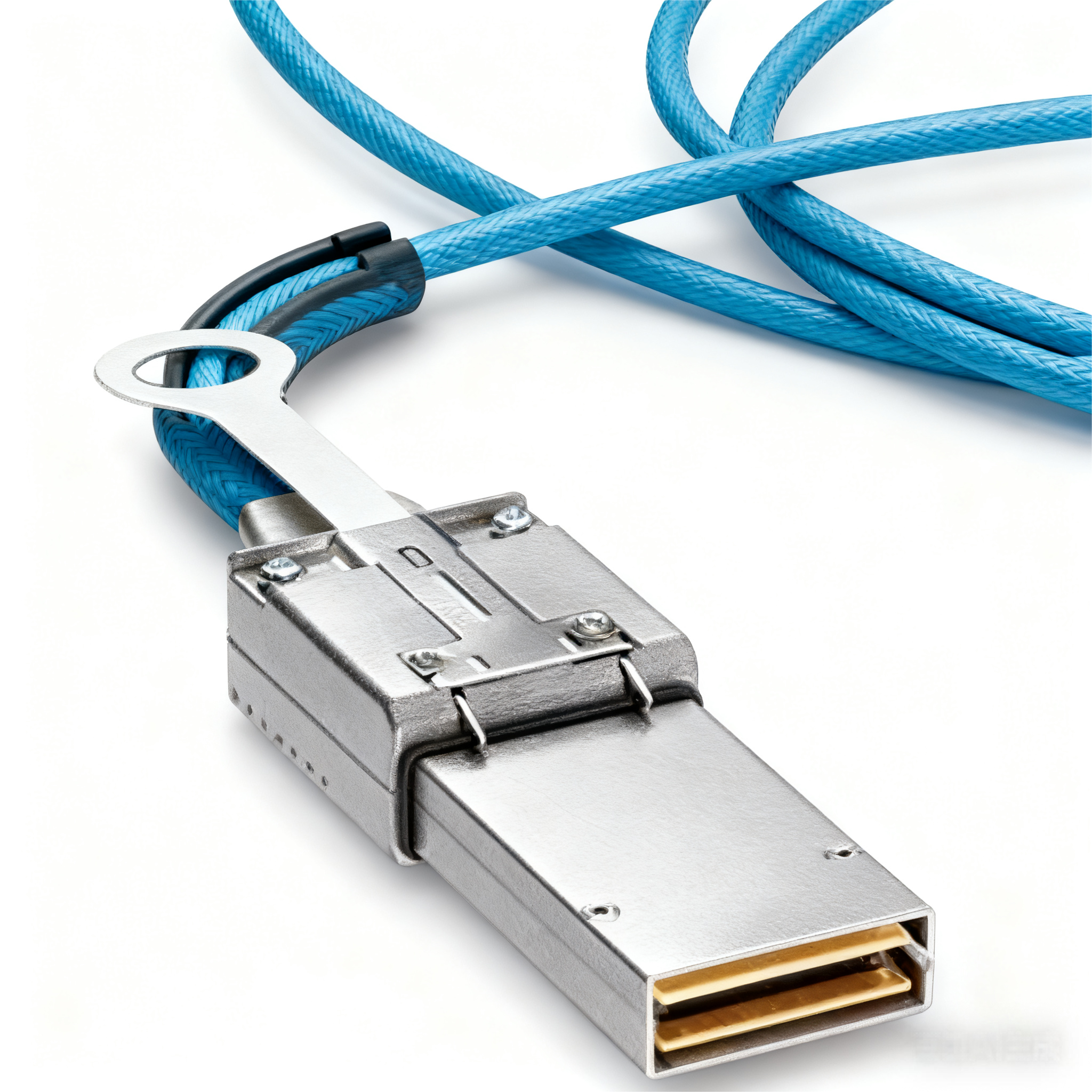
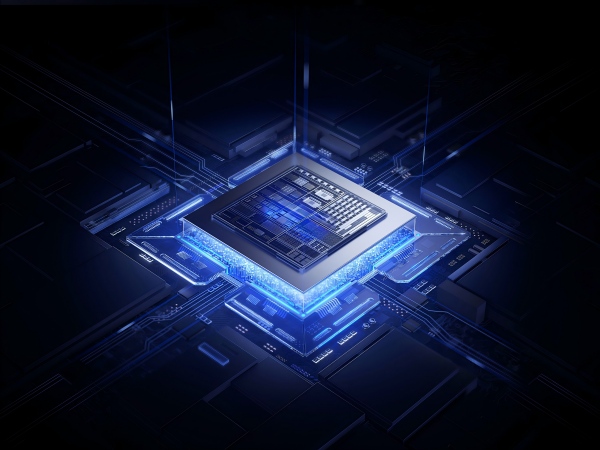
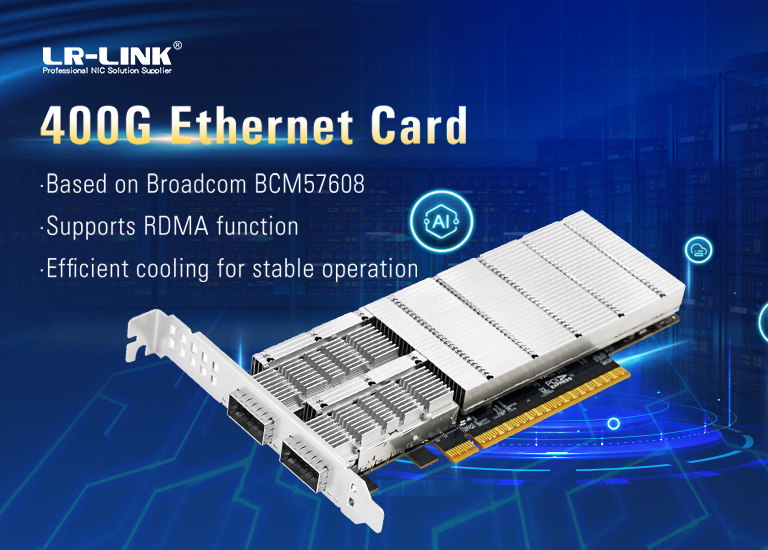

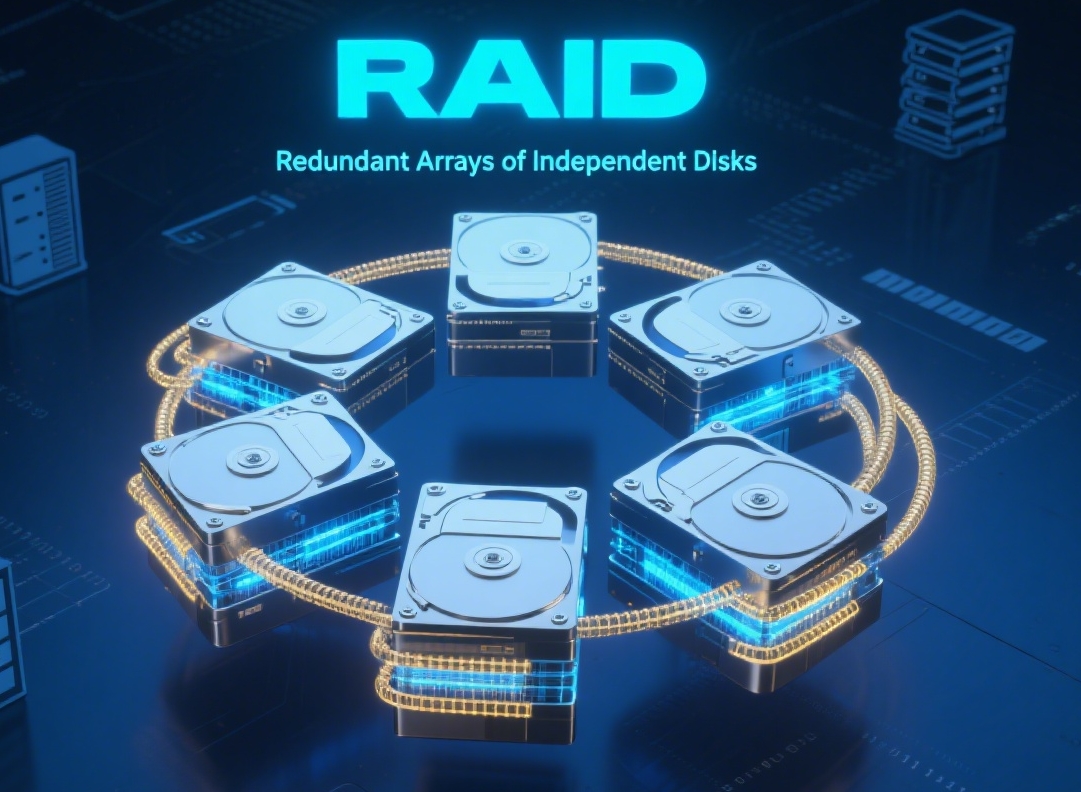
Computer hardware components each fulfill their specific roles, while the PCIe interface acts as a highway connecting memory, hard drives, networks, and the CPU. PCIe, short for Peripheral Component Interconnect Express, is a high-speed serial computer expansion bus standard primarily responsible for connecting various internal hardware components. Compared to the traditional PCI bus, PCIe employs a point-to-point bidirectional communication standard, significantly boosting bandwidth, reducing latency, and enabling more efficient and seamless data exchange between hardware components.
PCIe 3.0 debuted years ago and stands as a classic iteration in the evolution of PCIe interfaces. It achieves a transfer rate of 8GT/s, delivering 1GB/s of bandwidth per lane. For the common x16 slot configuration, this translates to a maximum bandwidth of 16GB/s. For a long time, this standard sufficed for everyday tasks like running office software and browsing the web on typical desktop computers, where graphics cards and solid-state drives connected via PCIe 3.0. Even in some servers, the PCIe 3.0 interface continues to hold its ground, reliably performing its data transfer duties like a seasoned veteran. While not the fastest, its stability and reliability have long ensured smooth data exchange between computer hardware components.
LR-LINK Featured Product Recommendations

PCle 4.0 represents a major upgrade over PCle 3.0, serving as the “bullet train” of the PCle interface realm. Compared to PCle 3.0, its data transfer rate doubles to 16GT/s, boosting single-lane bandwidth to 2GB/s. The maximum bandwidth for an x16 slot soars to 32GB/s. Such remarkable performance gains enable PCIe 4.0 to shine in numerous high-performance scenarios. With the widespread adoption of NVMe solid-state drives, the PCIe 4.0 interface has become their ideal partner, fully unleashing the high-performance advantages of NVMe SSDs to rapidly process massive amounts of data. Currently, PCIe 4.0 is gradually becoming the standard interface for high-end gaming PCs and professional application devices, delivering an unprecedented data transfer experience for users pursuing peak performance.
LR-LINK Featured Product Recommendations

PCIe 5.0: The "Future Standout"
To address this data transformation, LR-LINK has introduced multiple products such as the LRES1260PF-2QSFP112.LRES1260PF-2QSFP112 is a dual-port 200G QSFP112 Ethernet network adapter
independently developed by Linkreal Co., Ltd. based on the Broadcom BCM57608 chip. LRES1260PF-2QSFP112 is designed to build large scale, feature-rich networking solutions in servers for AI/ML,
cloud, high-performance computing, and storage applications. The adapter supports RDMA over
Converged Ethernet(RoCE) with hardware-based congestion control.
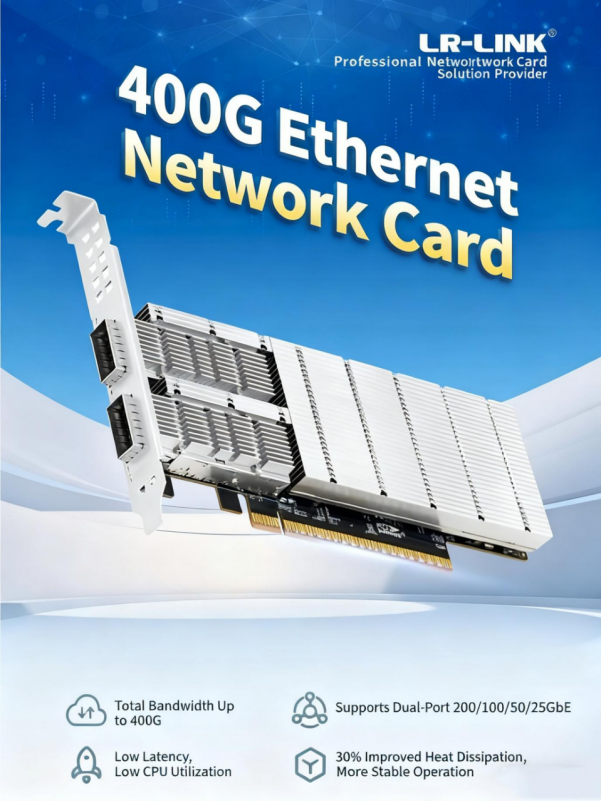
To help you understand the differences between PCIe 3.0, 4.0, and 5.0 more intuitively, we have prepared a detailed comparison table below:
Feature / Version | PCIe 3.0 | PCIe 4.0 | PCIe 5.0 |
Maximum Bandwidth (Per Lane) | 8 GT/s (Gigatransfers per second) | 16 GT/s | 32 GT/s |
Maximum Bandwidth (x16 Slot) | 16 GB/s (Gigabytes per second) | 32 GB/s | 64 GB/s |
Data Transfer Rate | 1 GB/s per lane | 2 GB/s per lane | 4 GB/s per lane |
Encoding Method | 128b/130b | 128b/130b | 128b/130b |
Number of Lanes | 1, 4, 8, 16 | 1, 4, 8, 16 | 1, 4, 8, 16 |
Signal Frequency | 8 GHz | 16 GHz | 32 GHz |
Power Consumption | Low (approximately 10 - 15 W) | Low (approximately 10 - 15 W) | Higher (approximately 25 - 30 W) |
Target Market | Mainstream users, desktop computers | Gaming, NVMe SSDs, high-performance computing | High-speed storage, AI acceleration, data centers |
Conclusion
PCIe 3.0, 4.0, and 5.0 each have their own characteristics, and they all play important roles in different periods and application scenarios.
• PCIe 3.0, although relatively low in performance, excels in maturity, stability, and low cost, and is still widely used in some mid-to-low-end devices.
• PCIe 4.0 has achieved a significant performance upgrade and has become the mainstream choice for current high-end gaming and professional applications.
• As the latest generation of interfaces, PCIe 5.0 demonstrates strong performance potential. Although it currently faces some popularization challenges, it will undoubtedly occupy an important position in cutting-edge fields such as high-performance computing and data centers in the future.
With the continuous advancement of technology, PCIe interface technology will also develop continuously. In the future, we can expect the birth of higher-version PCIe interfaces, which will bring more surprises in terms of bandwidth, transfer rate, and compatibility, inject a steady stream of impetus into the development of computer hardware, and make our digital lives more efficient and wonderful.
When choosing computer hardware devices, you must reasonably select products that support the appropriate PCIe interface version based on your actual needs. Only in this way can you give full play to the performance advantages of the hardware and bring yourself the best user experience.
